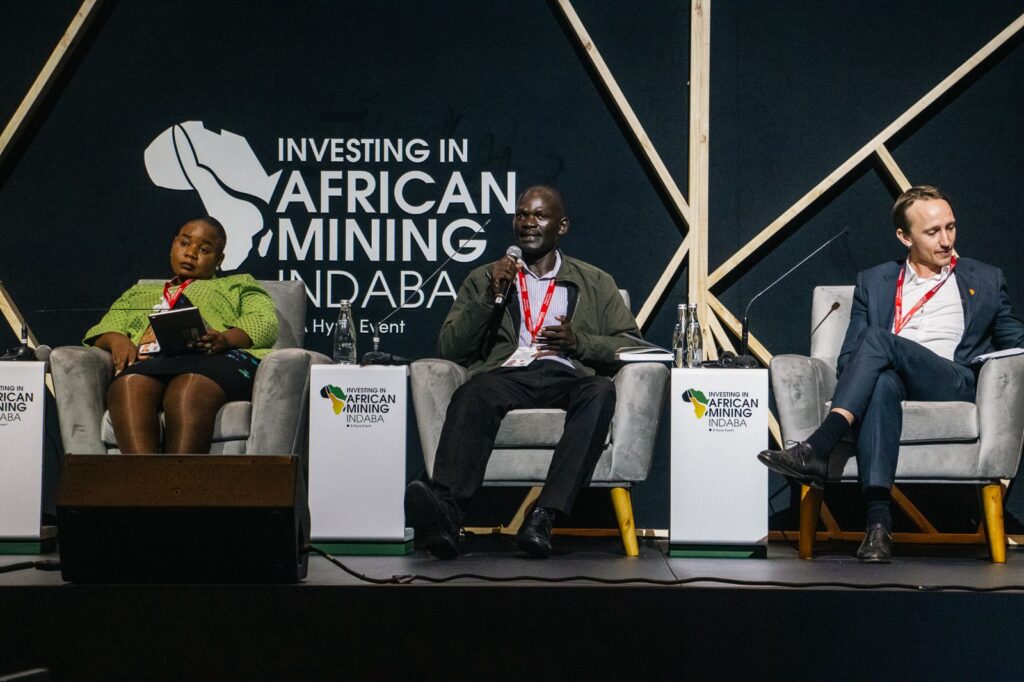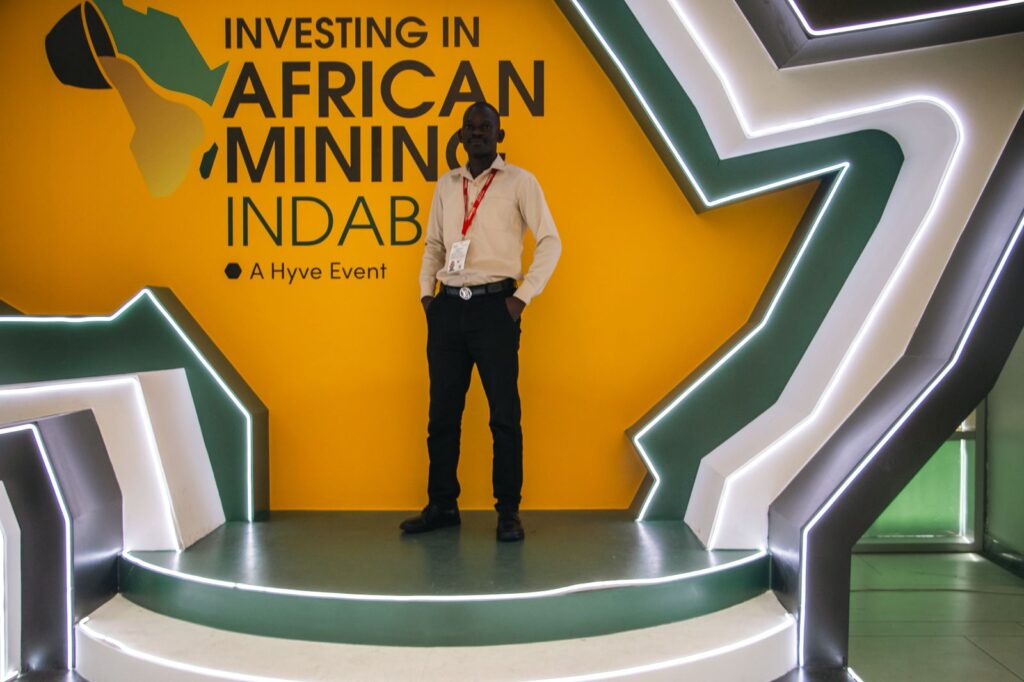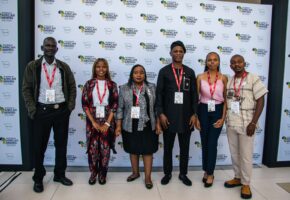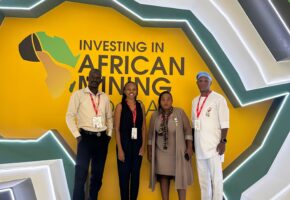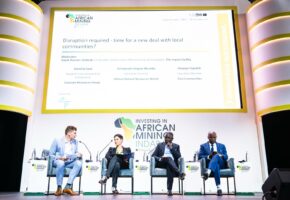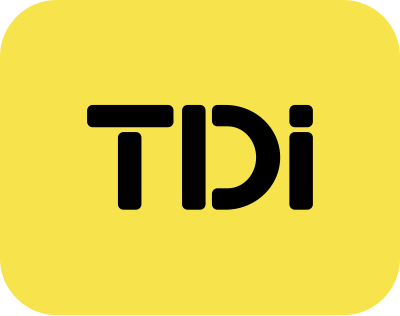The Sessions
The role of ASM players further emerged from a session sponsored by the Organisation for Economic Co-operation and Development (OECD), “Transparency from the ground up: emerging approaches for connecting mines to the supply chain for more credible due diligence”, moderated by Benjamin Katz where panellists underscored the need for more simplified standards and procedures while calling for drafters and upstream players to apply such procedures considering the varied levels from which minerals are produced. Further calls were made for drafters and due diligence surveillance groups to consider the operations landscape as opposed to blanket approaches, which were found to risk locking compliant players from the mainstream supply chain. This was important since mainstream market access has emerged as a major challenge to ASM, leaving them to seek alternative, opaque markets hence the tag ‘irresponsible mining’.
Focus on the community in a session called “The communities we leave behind: Mine closure”, where one among the panellists, Sonwabo Modimoeng, representing community voices, highlighted the need to focus beyond mining life to ensure sustainable livelihoods. The risks from abandoned and depleted ore bodies were well highlighted, with all the panellists agreeing on the need for proactivity among community players, a belief that forms the foundation of MGS in transformative ASM. This session was an eye-opener since it applies to all players irrespective of capacity as long as they are engaged in mining activities. Abandoned mines continue to be a menace to communities across the mining sector, much as these may be put into gainful use if properly and innovatively looked into.
The event, owing to its equity among all attendees, provided an opportunity to gainfully interact. The welcome party sponsored by John Deer provided an off-the-event relaxed networking setting where I gained valuable contacts that shaped my agenda, including exhibitors on which to focus. Further personalised networking opportunities to understand various country and global perspectives were offered in the Community Voices Dinner, where experiences were shared, a session which provided key insights not only from community representatives but also international organisations such as Fair Cobalt Alliance, World Gold Council, The Hyve Group, EPRM, TDi Sustainability, and The Impact Facility among others.
My curiosity and sectoral passion led me to attend the opening session of the Alternative Mining Indaba, reflections of which will be provided in my further Cape Town visit write-ups.
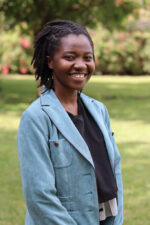

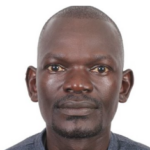 This is a guest blog authored by Lawrence Ndago, Executive Director at Multiflow Geoconsult Services Limited. Lawrence is one of the participants of the
This is a guest blog authored by Lawrence Ndago, Executive Director at Multiflow Geoconsult Services Limited. Lawrence is one of the participants of the 